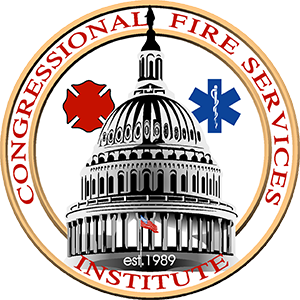Support AFG, SAFER, and USFA: Take Action Now!
Background on AFG and SAFER
Congress established the AFG grant program in 2000. For over 20 years, the program has served as a vital source of funding for many career, combination, and volunteer departments that continue to do more with less. With these grants, departments can purchase equipment, training, and other departmental needs.
In 2003, Congress authorized the SAFER program to address staffing shortages in career, volunteer, and combination across the nation. These shortages prevent departments from meeting industry staffing and response time standards, while placing firefighters at greater risk when they respond to fires and other emergencies.
AFG and SAFER grants are awarded directly to fire departments and other eligible organizations. Grant applications are peer-reviewed, and applicants must agree to a matching requirement. In addition to the many other benefits of these programs, the direct nature of the awards means that rather than being funneled through state pipelines that siphon away funding to cover administrative costs, fire departments can put the funding to use where it is needed.
Highlights from NFPA’s 5th Needs Assessment
The needs of our nation’s fire and emergency services are real and supported by factual data. The National Fire Protection Association (NFPA) has conducted five Needs Assessments since the AFG program was first authorized. The assessments provide data showing how the needs of the fire service have changed over time in response to changing economic and budgetary conditions and the ever-increasing role of the fire and emergency services. They also show how AFG and SAFER have been invaluable in helping fire departments to meet those needs. The Needs Assessments provide a compelling justification for why Congress must continue to support these programs.
The Fifth Needs Assessment shows that “The Federal Emergency Management Agency’s Assistance to Firefighters Grants (AFG) program and Staffing for Adequate Fire and Emergency Response (SAFER) funds are targeted toward areas of need. These grant programs must grow in order to address the considerable and multifaceted needs that continue to persist in the fire service.”
- Staffing: “Staffing levels across job roles and functions have remained flat and weekday staffing among volunteer fire departments remains a challenge.”
- Training: “Training, including specialized training for WUI operations and equipment, is necessary for departments of all sizes.” Furthermore, “across every response type covered in the survey, from structural firefighting to active shooter situations, there are fire department personnel responsible for responding to incidents for which they have not been formally trained or certified.”
- Personal Protective Equipment (PPE)/Personal Protective Clothing (PPC): “Unmet need for PPE can be found in departments serving communities of all sizes, including one-third of the large departments (protecting a population of half a million or more). Among the smallest departments, 75 percent have at least some PPC that is 10 years of age or older.” Additionally, “more than half (57 percent) of all fire departments cannot equip all their responders with wildland fire PPC. This unmet need can be found consistently across departments of all sizes.”
- Self-Contained Breathing Apparatus: “More than half (53 percent) of all fire departments cannot equip everyone with SCBA…in addition to lacking SCBA, much of the SCBA in use is 10 years of age or older. More than half of the departments use at least some SCBA equipment that is 10 years of age or older.”
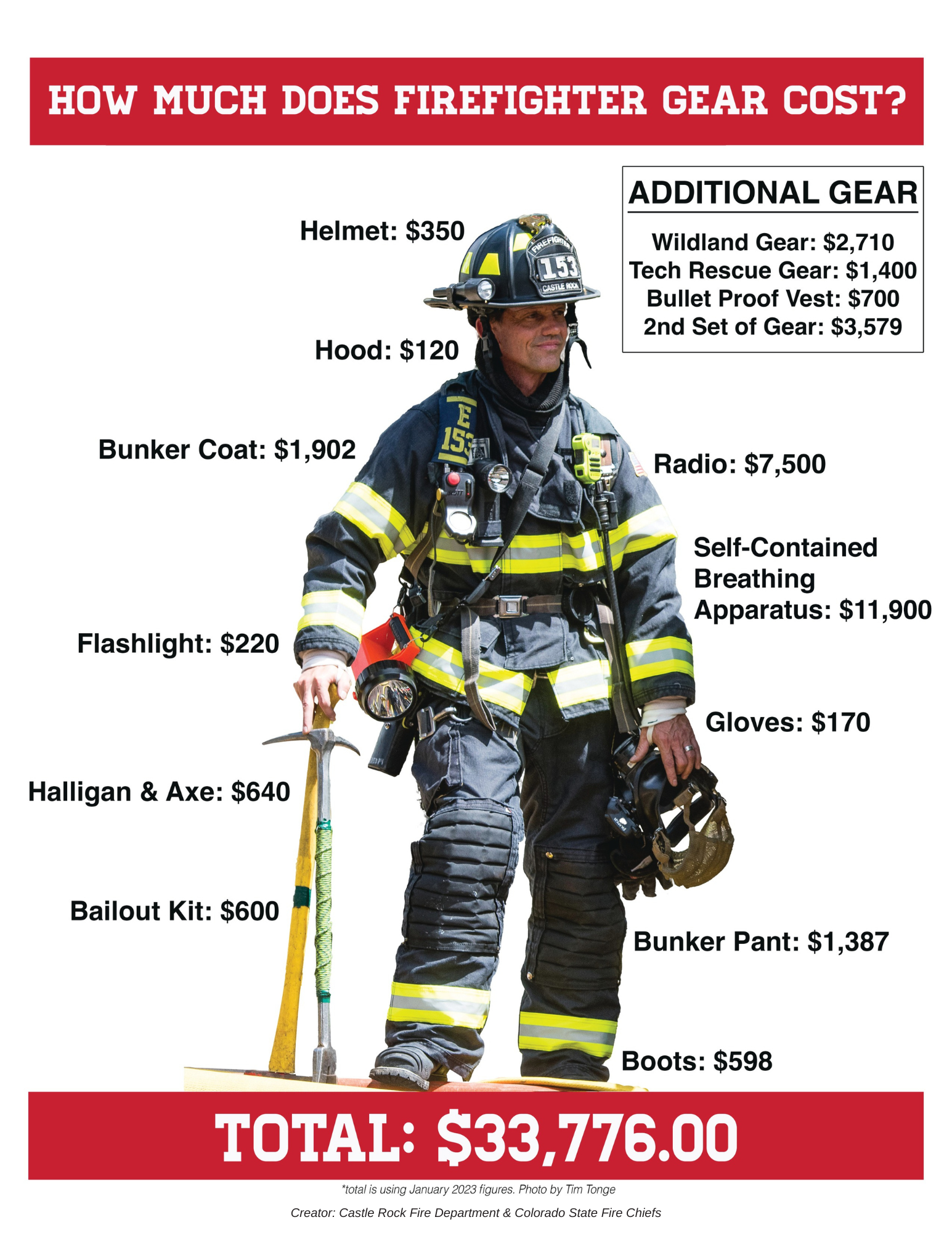
Fire departments are constantly being asked to do more with less. Since 2000, fire department calls have increased from about 20 million a year to more than 36 million calls annually. While calls for fires have dropped somewhat in that time, calls for medical aid, mutual aid, hazardous materials, and other calls have increased significantly.
| Year | Total Calls | Fires | Medical aid | False alarms | Mutual aid | Hazardous materials | Other hazardous conditions | Other |
|---|---|---|---|---|---|---|---|---|
| 2000 | 20,520,000 | 1,708,000 | 12,251,000 | 2,126,500 | 864,000 | 319,000 | 543,500 | 2,708,000 |
| 2010 | 28,205,000 | 1,331,500 | 18,522,000 | 2,187,000 | 1,189,500 | 402,000 | 660,000 | 3,913,000 |
| 2020 | 36,416,000 | 1,388,500 | 23,812,000 | 2,760,000 | 1,390,000 | 422,000 | 705,000 | 5,938,500 |
| 2021 | 36,624,000 | 1,353,500 | 26,291,000 | 2,904,500 | 550,000 | 433,500 | 688,000 | 6,403,500 |
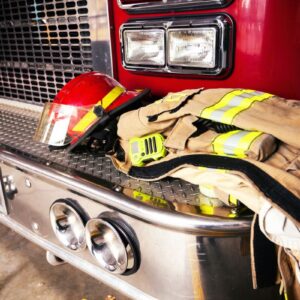
The Assistance to Firefighters Grant (AFG) Program helps fund protective gear, equipment, fire apparatus, training, and more.
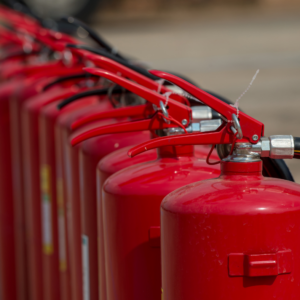
Fire Prevention and Safety (FP&S) grants (a subset of AFG grants) support research and fire safety education projects aimed at improving the safety of first responders and civilians.
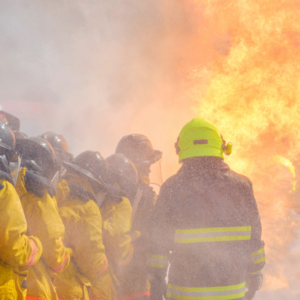
The Staffing for Adequate Fire and Emergency Response (SAFER) Grant Program helps fire departments with hiring, as well as recruitment and retention to meet staffing requirements.
Background on the U.S. Fire Administration
The U.S. Fire Administration (USFA) plays a vital role at the national level as the primary representative of the fire and emergency services in the federal government.
USFA ensures that the fire service is prepared to respond to all hazards and is the lead federal agency for fire data collection, public fire education, fire research, and fire service training.
USFA offers classes on critical topics such as emergency medical services, fire prevention, arson investigation, hazardous materials incidents, incident management, leadership and executive development, planning and information management, responder health and safety, wildland and the urban interface, and much more.
Funding Needs of the U.S. Fire Administration
Personnel: Compensation for existing personnel is expected to continue to increase with inflation, COLAs, etc. Additional personnel will also be needed in the future to support the growth of USFA training, research, investigations, and other initiatives. USFA must have room in the authorization for growth.
Programs and Training: USFA is looking to offer additional programs, including initiatives for wildfire and WUI, climate change, EMS activities, and more. Increasing the authorization provides flexibility for these programmatic upgrades.
Data Collection, Security, and Storage: USFA is working on upgrading the National Fire Incident Reporting System (NFIRS) to improve data capabilities and security. NFIRS is a voluntary reporting standard that fire departments use to report on the range of their activities, from fire to emergency medical services to severe weather and natural disasters. USFA must also comply with government-wide initiatives for data security and storage. Increasing USFA’s authorization will provide much-needed support for these critical technological upgrades.
Investigation of Major Fires: With last year’s passage of H.R.7077, USFA received the authority to investigate major fires. This new authority will require additional funding not budgeted in the existing authorization. Depending on the type and the scope of the fire (e.g. wildfire vs. major structural fire), costs could increase significantly. Authorizing additional funding for USFA will help to ensure that these new and critically important investigations do not impede USFA’s ongoing mission to educate, train, and collect data for the fire and emergency services.
